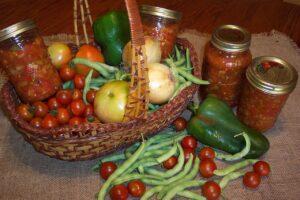
When it comes to making delicious homemade salsa, having a salsa garden is a great way to ensure that you always have fresh ingredients on hand. But with so many options to choose from, it can be hard to know where to start. In this post, we’ll break down the best plants to grow for a salsa garden, as well as tips on how to care for them so you can enjoy fresh salsa all season long.
Growing a Salsa Garden
First, let’s talk about the key ingredients in salsa: tomatoes, onions, peppers, and cilantro. These are the foundation of any good salsa, and should be the first plants you consider adding to your garden.
Tomatoes: When it comes to tomatoes, there are many varieties to choose from, but Roma tomatoes are a great choice for salsa because they are meaty and have fewer seeds. Cherry tomatoes can also be a good choice. They are sweet and small in size. They can add a different flavor to your salsa.
Onions: There are many types of onions to choose from, but red onions are a great choice for salsa because they are sweet and add a nice color contrast to the other ingredients.
Peppers: Peppers are a must-have in any salsa garden, and there are many varieties to choose from. Jalapeño peppers are a classic choice for salsa, but you can also try other varieties such as Serrano, Poblano, or even Habanero.
Cilantro: Cilantro is the essential herb in salsa, it gives the fresh taste and a nice aroma. It’s a fast-growing herb, so it’s easy to care for.
Other plants you can add to your salsa garden include garlic, lime, and avocado. They can add a unique flavor to your salsa.
Now that you know what to plant, let’s talk about how to care for your salsa garden.
- Choose a sunny spot: Most salsa ingredients need at least 6 hours of direct sunlight a day, so make sure to choose a spot in your garden that gets plenty of sun.
- Keep the soil moist: Salsa ingredients need consistent moisture to grow, so make sure to keep the soil moist but not waterlogged.
- Fertilize regularly: Salsa ingredients are heavy feeders, so make sure to fertilize them regularly with a balanced fertilizer.
- Pest control: Keep an eye out for pests and take action if you notice any.
By following these tips, you can enjoy fresh salsa all season long. So, start planning your salsa garden today and enjoy the taste of homemade salsa whenever you want.
Check out Little Tree Food Forest for articles on food forests and homesteading.
Check out StoryScapes for articles on creative writing.
Related Content
Related Content
Subscribe to our newsletter to get information delivered to your inbox on edible landscaping, growing food and medicinal plants, growing mushrooms, foraging, fermentation, food preservation, raising small livestock, and more.








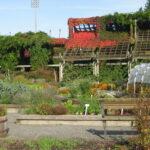
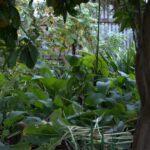
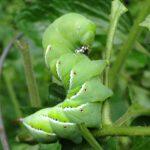
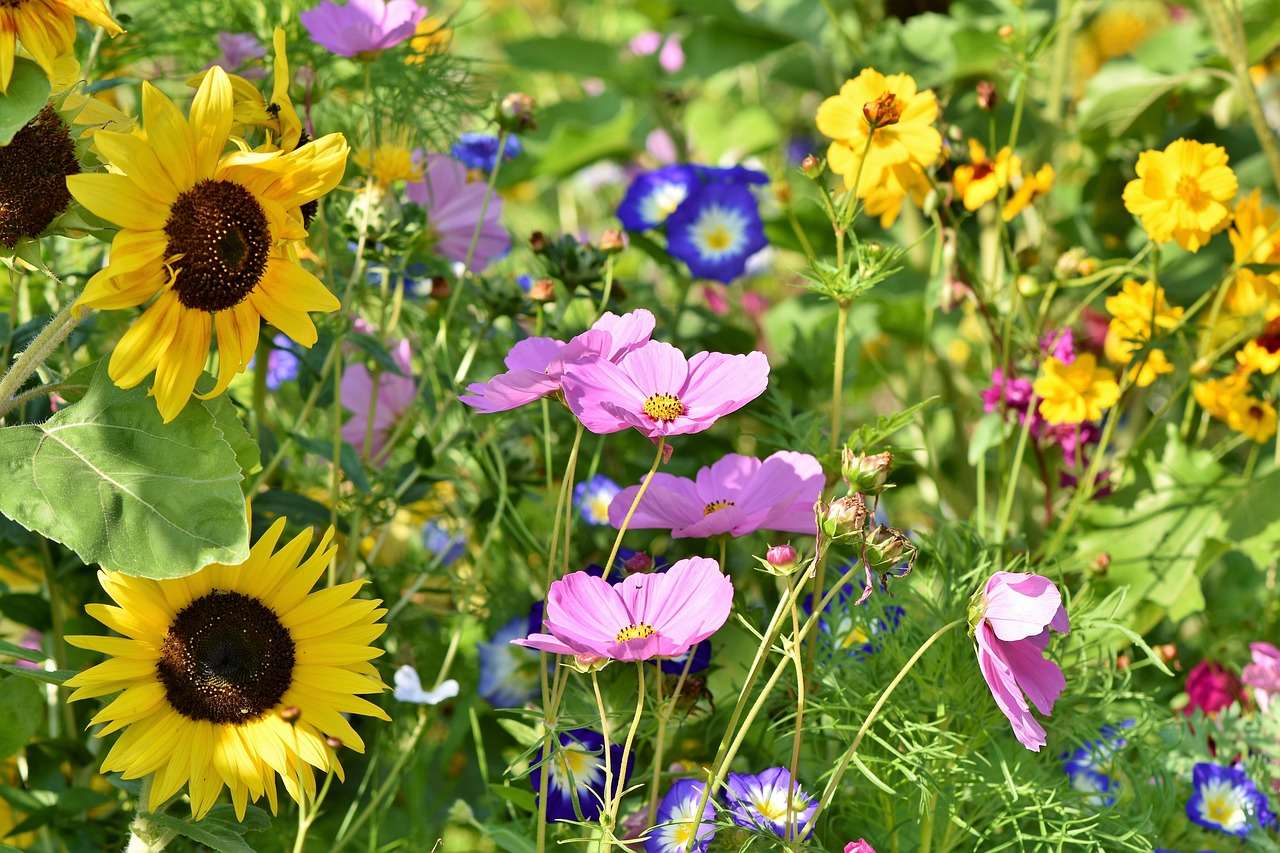
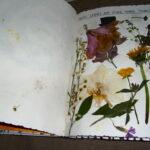
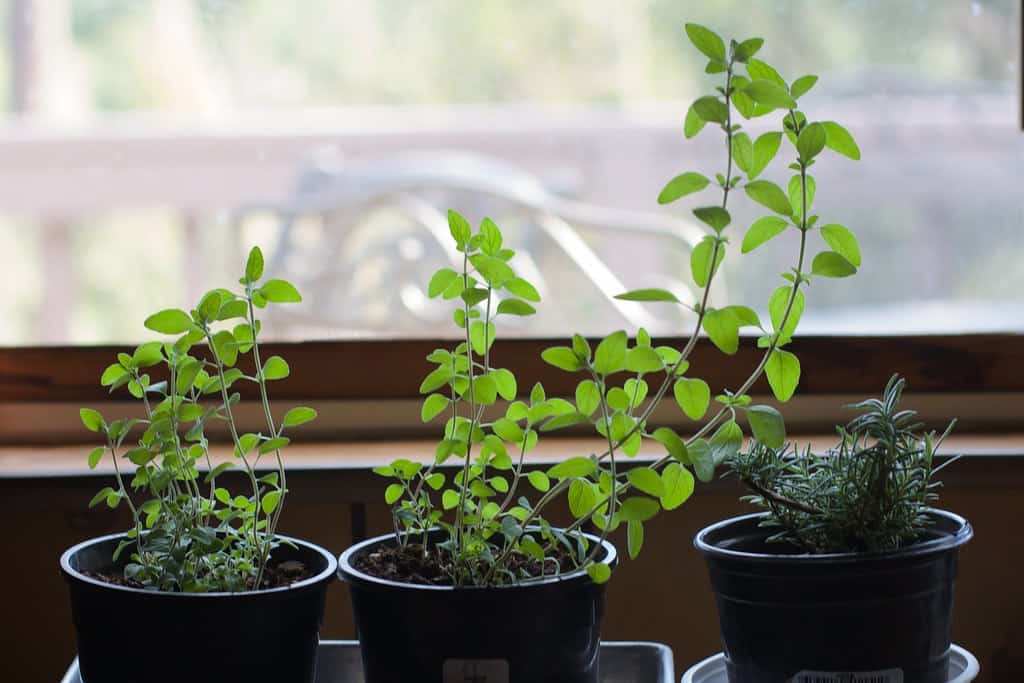
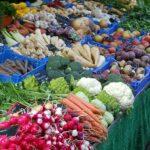
One thought on “Growing a Salsa Garden: The Ultimate Guide to Planting the Perfect Salsa Ingredients”
Comments are closed.